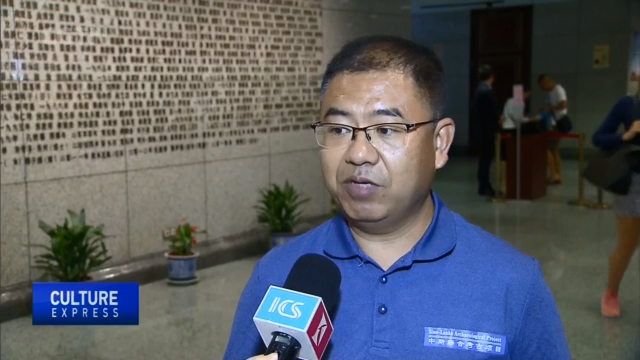
20:27, 13-Aug-2018
Archaeological Cooperation: Shanghai Museum team heads to Sri Lanka on archaeological journey
Updated
19:30, 16-Aug-2018
01:56

An archaeological team from Shanghai Museum have set off for Sri Lanka on a 40-day excavation mission to learn more about the ancient Maritime Silk Road. Song Wenjing takes a look.
Led by archaeologist Chen Jie, the five-member team also features pottery and porcelain experts. Chen and his colleagues have already made two visits to Sri Lanka -- last July and in March -- to conduct preliminary research and establish the joint archaeological group. They discovered porcelain in Sri Lankan coastal cities that may have originated in China.
Sri Lanka was a vital shipping port hundreds of years ago with different civilizations stopping in the country as they sailed between East Asia, the Middle East and Africa. The team will conduct excavation work in Jaffna first, as the capital city of Northern Province was a key link connecting China and South Asia long ago.
CHEN JIE HEAD OF ARCHAEOLOGICAL TEAM, SHANGHAI MUSEUM "Harbors in northern Sri Lanka opened during the Tang and Song Dynasties. We will start our research in northern harbors as they may help us better study the Maritime Silk Road in terms of economics, trade and religion."
The project is expected to take between three and five years. Archeologists will study Chinese relics unearthed from ancient harbors and shipwrecks.
YANG ZHIGANG DIRECTOR, SHANGHAI MUSEUM "It's important to conduct research on the harbor cities along this famous maritime route. This time we are working with Sri Lanka. On the land route, we will cooperate with Uzbekistan later this year."
The oldest item found so far that originated in China is a silk fragment, which could be up to 2,000 years ago. Ancient Chinese coins have already been found. All the artifacts found will belong to Sri Lanka, but exhibitions will be held in both countries after the project is completed.

SITEMAP
Copyright © 2018 CGTN. Beijing ICP prepared NO.16065310-3
Copyright © 2018 CGTN. Beijing ICP prepared NO.16065310-3